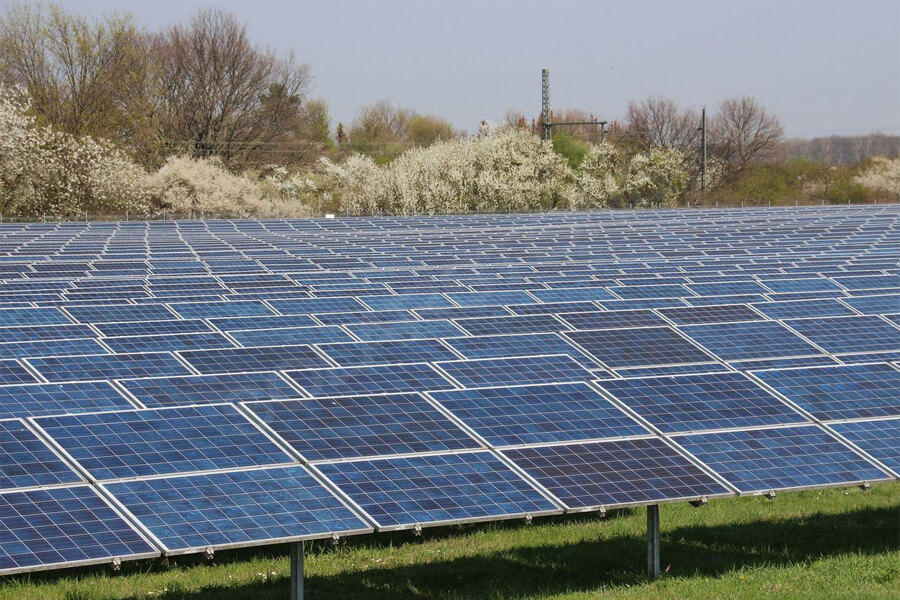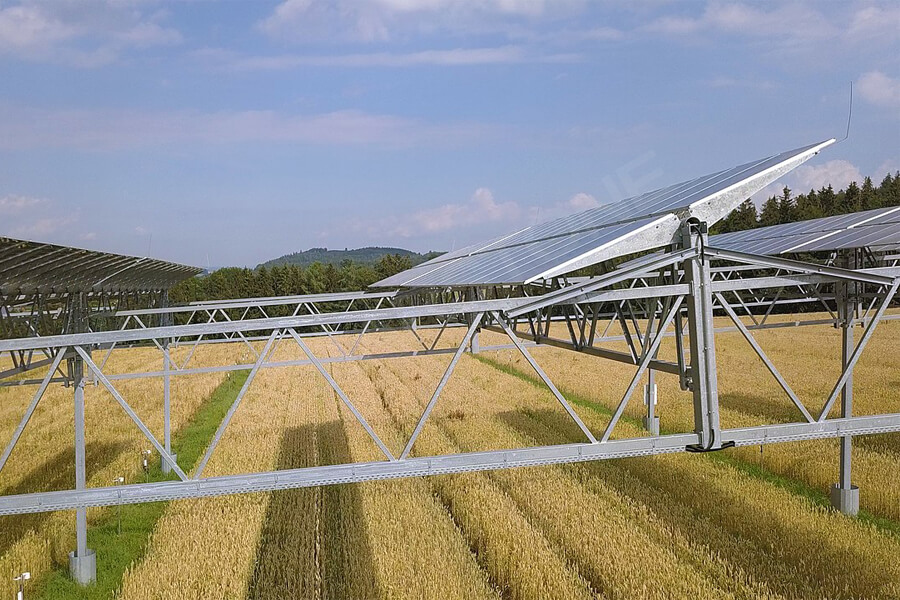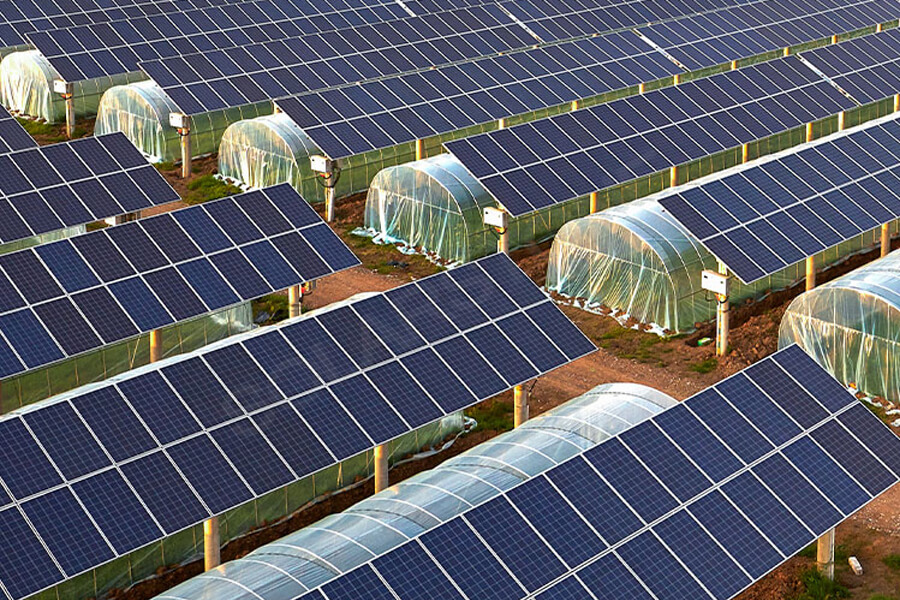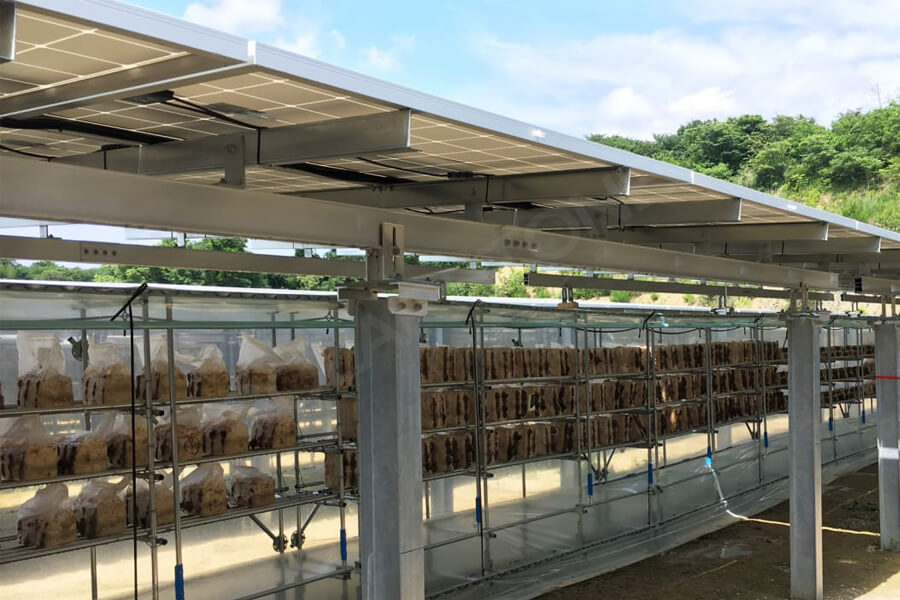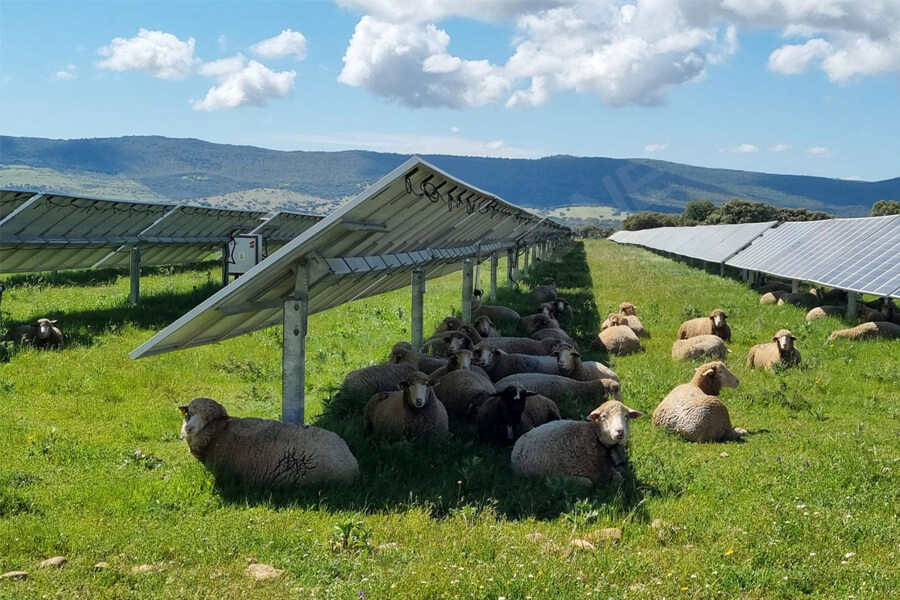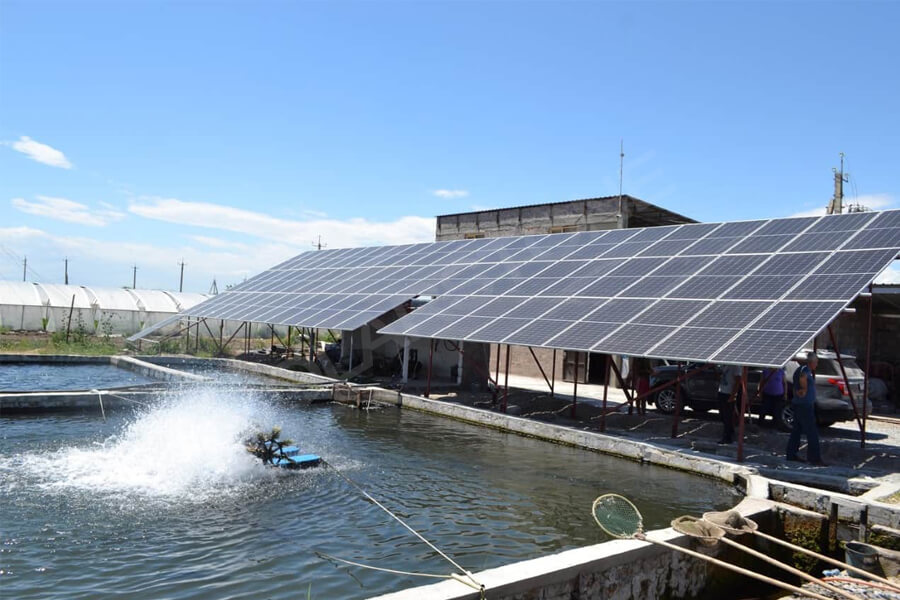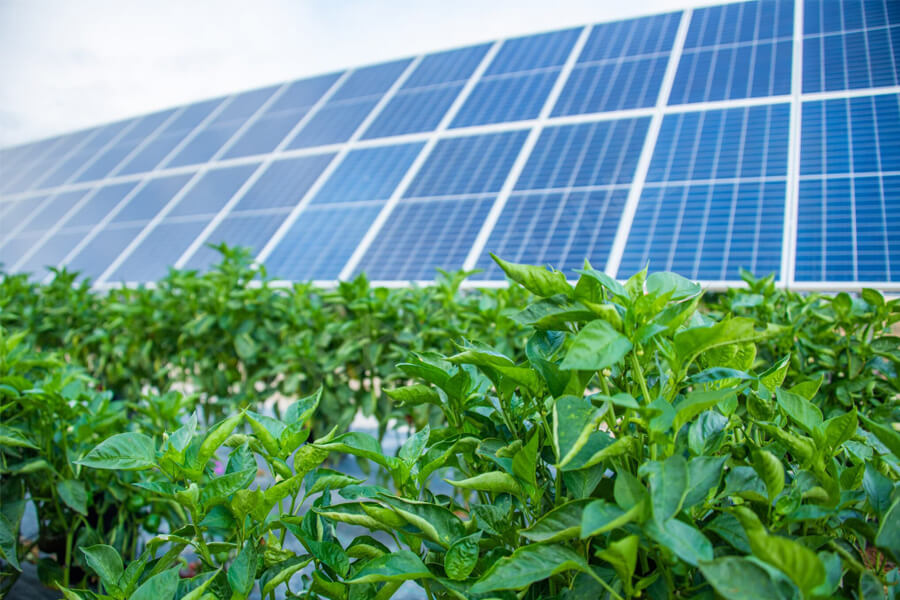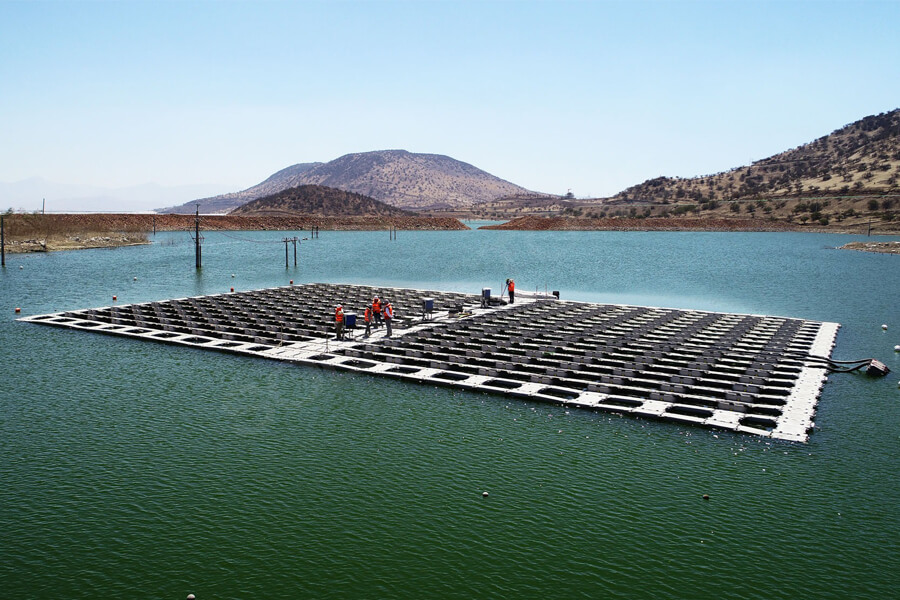The implementation of the rural revitalization strategy will bring great investment opportunities in areas such as land reform, large-scale agricultural management, and infrastructure construction. In this context, photovoltaic agricultural projects have received significant attention.
New energy+new agriculture represents the future of green transformation and development, and the foundation of national economy and people’s livelihood.
Photovoltaics have given new vitality to the most traditional agriculture. In the current wave of rapid development of the photovoltaic industry, photovoltaic agriculture plays an important role and has broad development prospects.
What is photovoltaic agriculture?
In the process of agricultural production practice, in order to achieve multiple uses of one land and improve the unit land output rate, the agricultural management facilities (or units) are scientifically designed and reasonably grafted with photovoltaic management models.
During the design, construction, and operation of photovoltaic power stations, necessary space is reserved for agricultural planting and breeding to ensure that while the photovoltaic power station generates electricity normally, it meets the physiological needs of plants and animals, achieves complementary effects and benefits between agriculture and photovoltaics, achieves the integration and innovation of ecological agriculture and circular agriculture technology models, and provides strong technical support for sustainable agricultural development.
“Photovoltaic+Agriculture “is an emerging form of agriculture that not only solves the power supply problem required for water intake and irrigation machinery, avoids land disputes between the photovoltaic industry and agriculture, but also sells the excess electricity to the State Grid.
Photovoltaic+Vegetables/Fruits
Organic integration of rooftop photovoltaic power generation and agricultural planting under the greenhouse, driving the transformation and upgrading of the agricultural industry. In terms of crops, space vegetables or shade loving plants can be planted, or some tourism agriculture can be done.
Photovoltaic+Mushroom
Planting fast-growing plants in open spaces can recycle waste resources and solve the environmental pressure of a large amount of solid waste bacteria.
Photovoltaic+Aquaculture Industry
Photovoltaic aquaculture can be either grazing or setting up breeding sheds, which can raise sheep, pigs, chickens, cows, beef cattle, rabbits, and other herbivores.
Photovoltaic+Fishery (complementary fishing and lighting)
Utilizing the vast area of the fish pond, solar panels are installed above it to generate electricity. Photovoltaic modules are arranged vertically above the water surface, and aquaculture is carried out below, with dual use in one place. The profit is significantly higher than that of pure aquaculture.
At present, the main categories of complementary fishing and lighting include closed, open, floating, and spanning. Generally constructed in areas such as lakes, rivers, ponds, streams, coal mine subsidence areas, and rice fields for fish farming.
Photovoltaics+Forestry
Lin Guang is a common horticulture, forest, and fruit tree, and the State Forestry Administration has provided some space for appropriate liberalization of forestry policies.
In this mode, it is suitable to plant weak light and shade type flower seedlings in photovoltaic greenhouses, as well as enclosed and open photovoltaic agricultural greenhouses.
Photovoltaic+Medicinal Herbs
In some places, some Chinese medicinal herbs can be planted, which can be well combined with photovoltaic agriculture mode. Some Yin loving Chinese medicinal herbs are suitable for planting in cold and humid mountainous areas.
Ecological photovoltaic
The use of idle land such as barren mountains and slopes, Alkali soil, and abandoned coal mine areas to develop ecological photovoltaic and build photovoltaic power stations can achieve both environmental and economic benefits. At the same time, these abandoned land can be recuperated and get more at one stroke.
Photovoltaic+Water Conservancy
In remote rural areas, especially in mountainous areas and islands, while solving the problem of electricity consumption for production and daily life, we promote the development of modern agricultural water conservancy technologies such as electromechanical drainage and irrigation, water-saving irrigation, etc. in rural areas, in order to achieve the goal of saving manpower, financial resources, material resources, and electricity.
The fields or technologies involved in photovoltaic water conservancy include photovoltaic water pumping systems (also known as photovoltaic water pumping systems), farmland drainage and irrigation, water-saving irrigation and its control systems, as well as photovoltaic domestic water, photovoltaic seawater desalination, photovoltaic sewage treatment, etc. The fields are very extensive.



